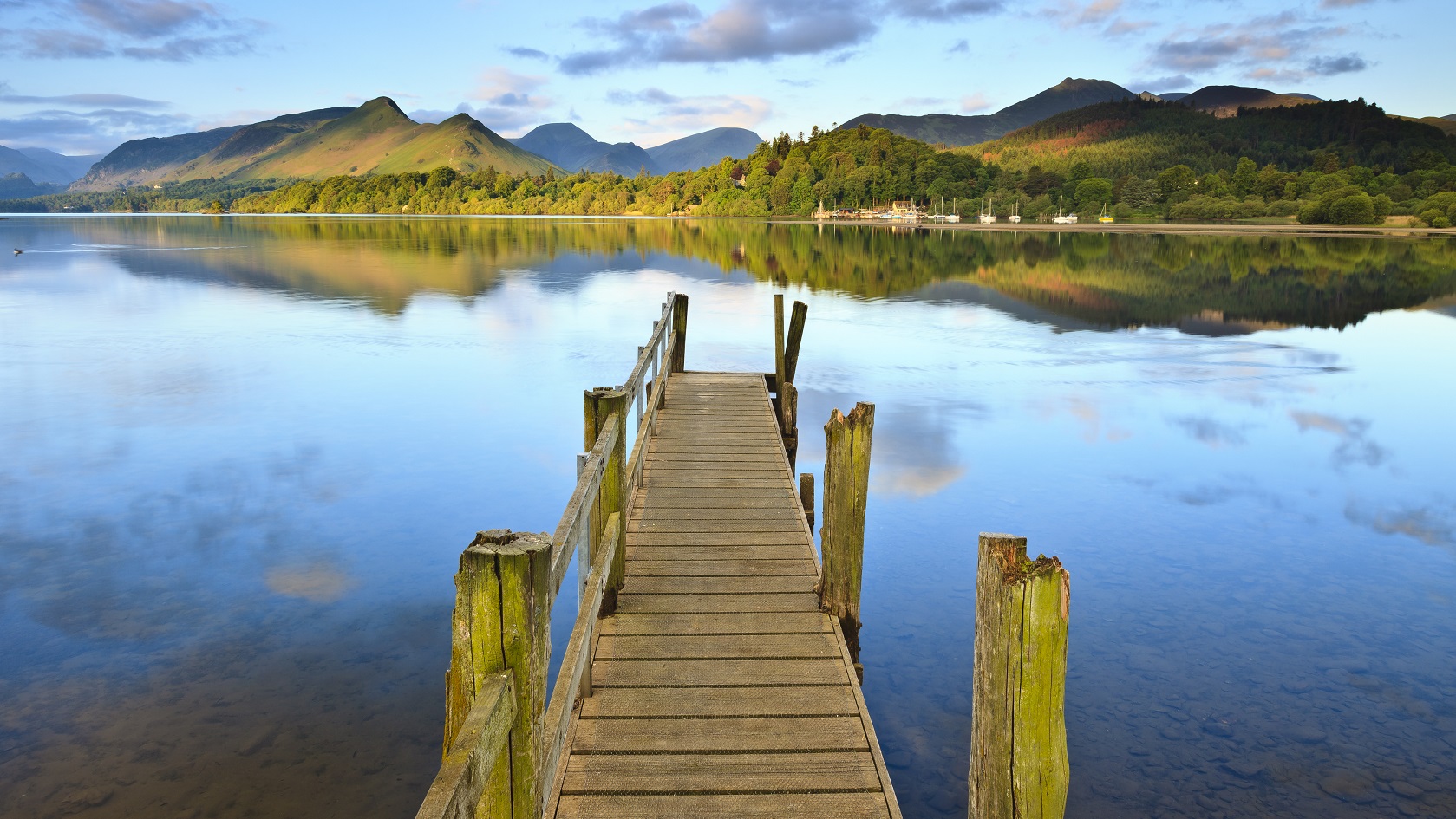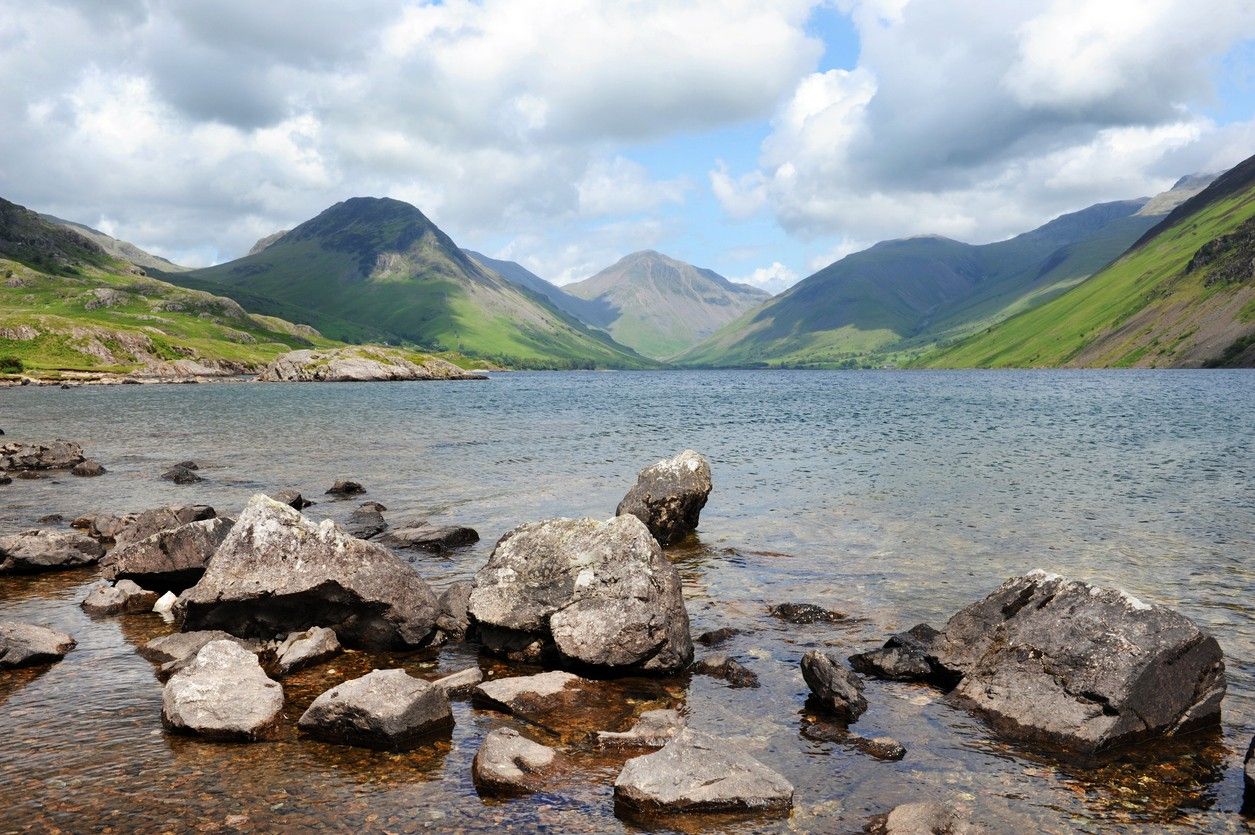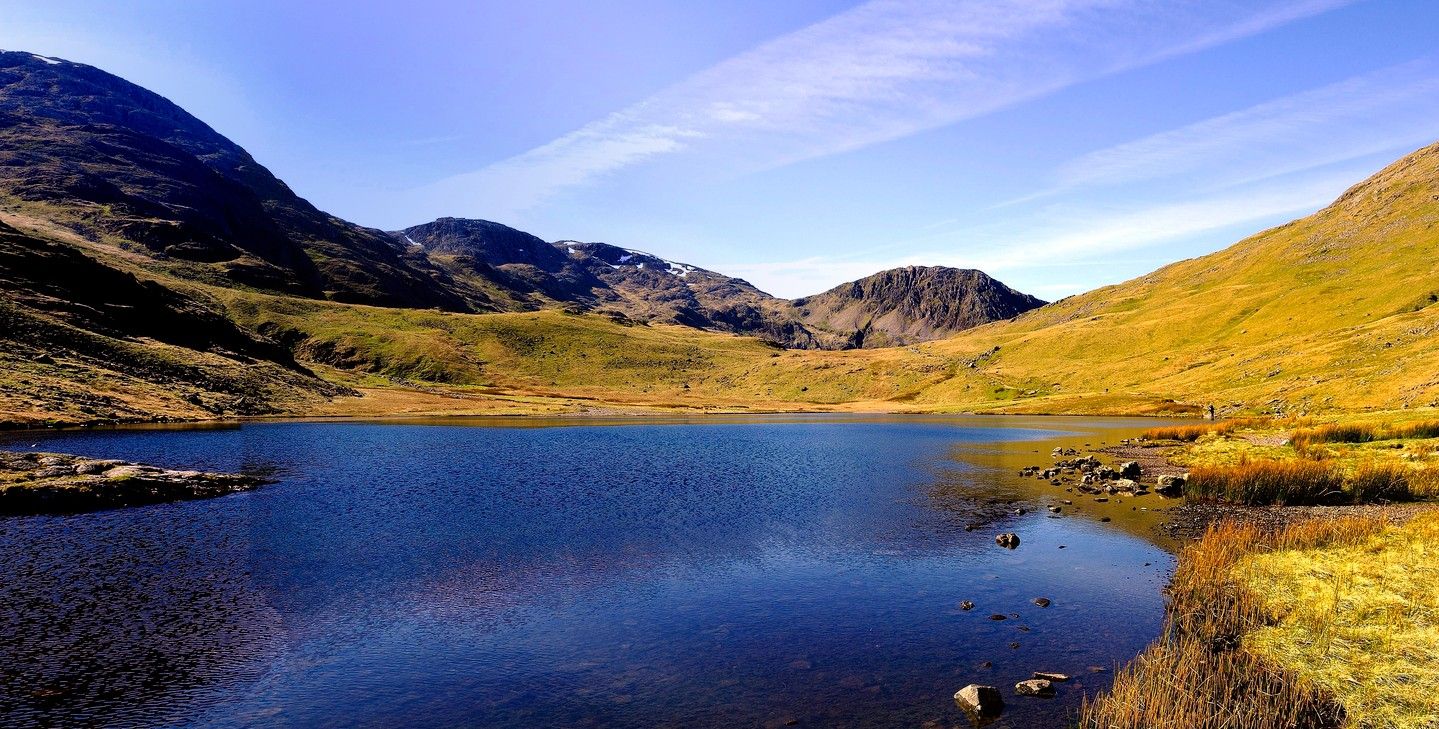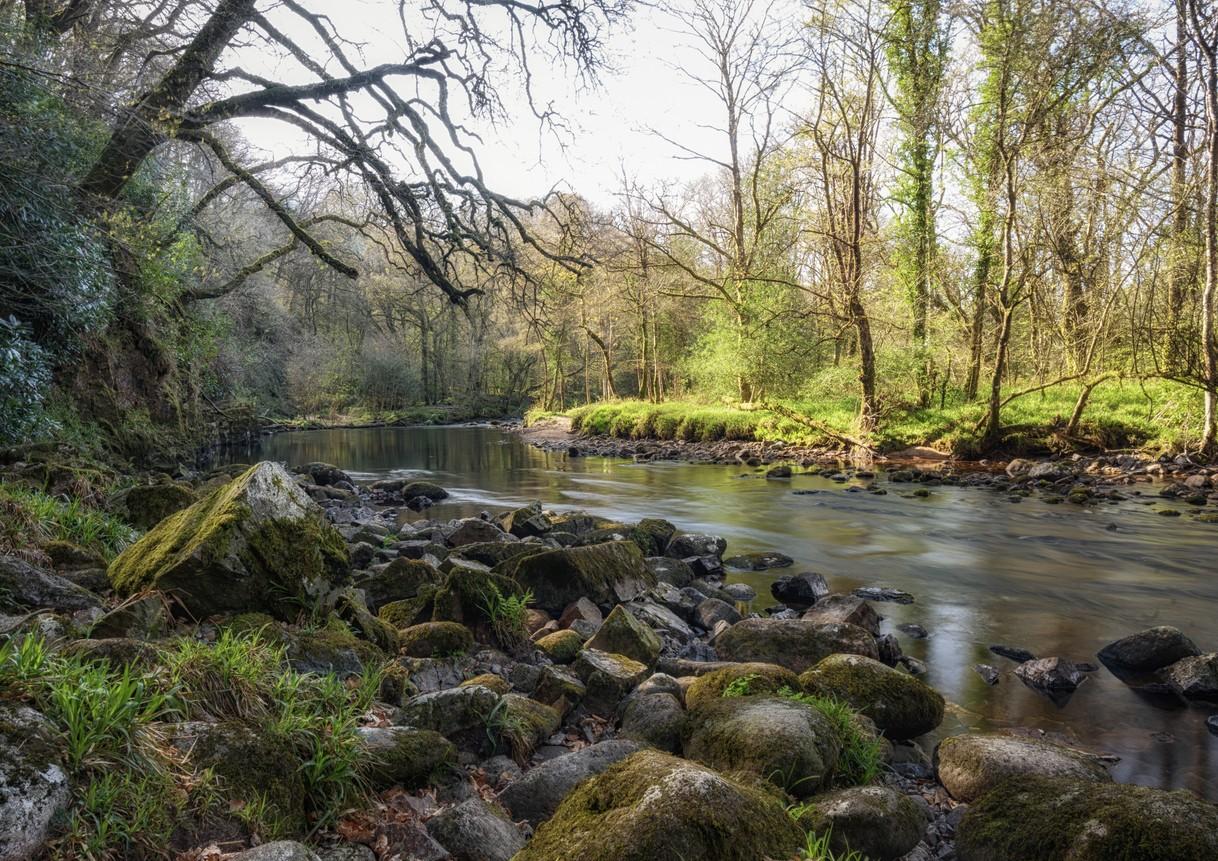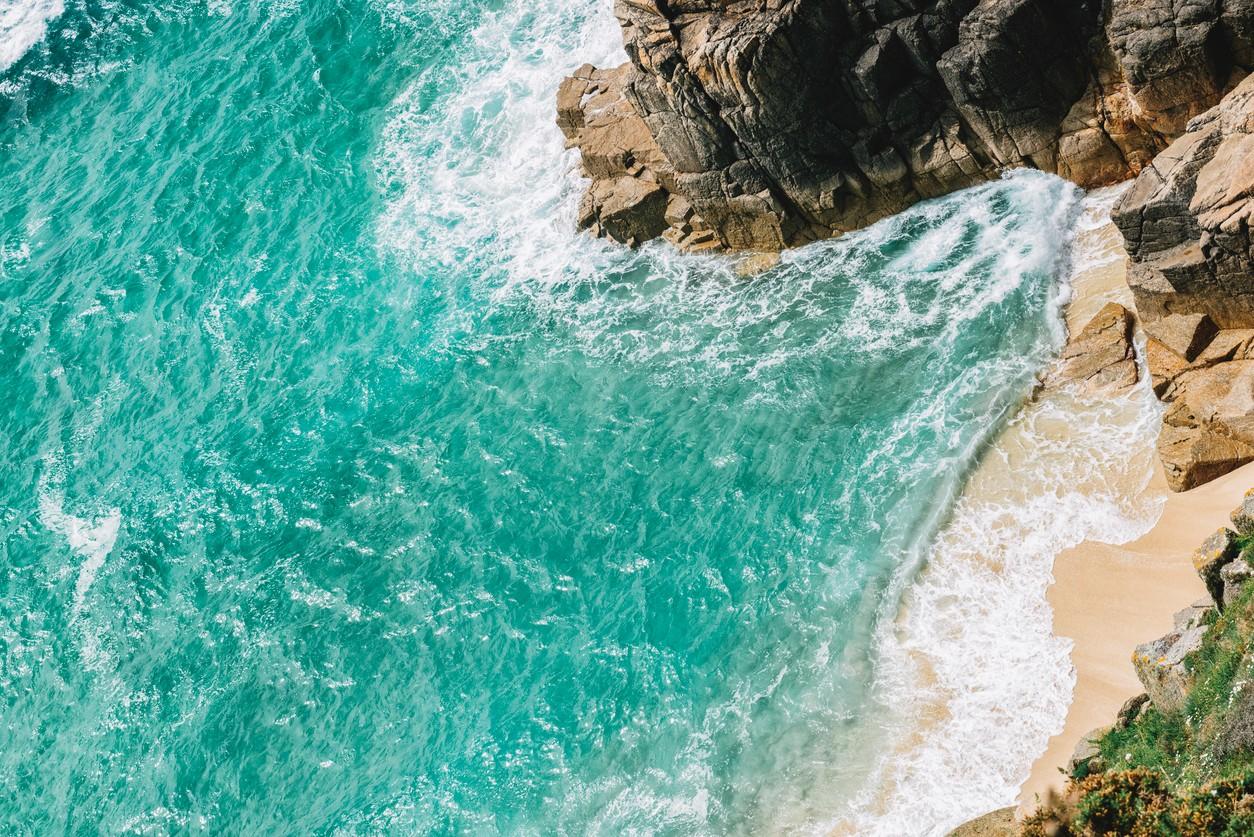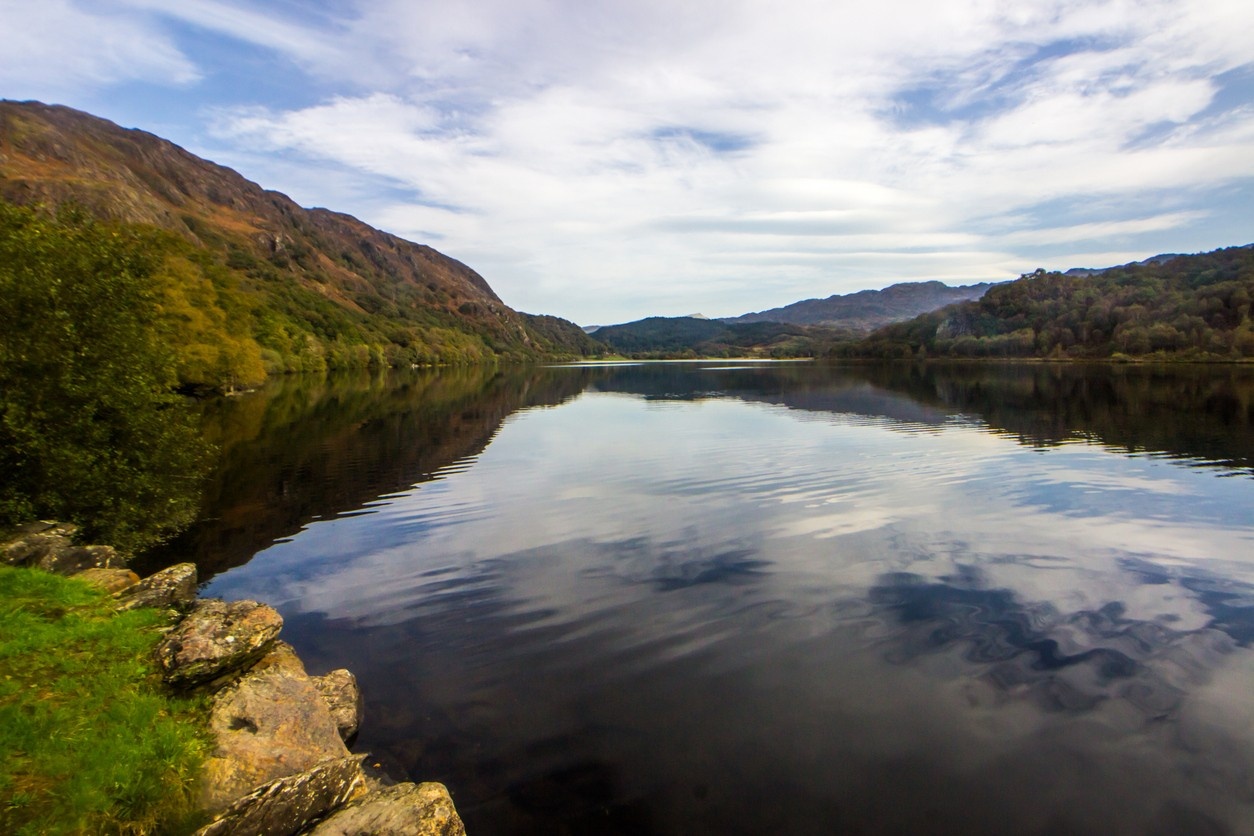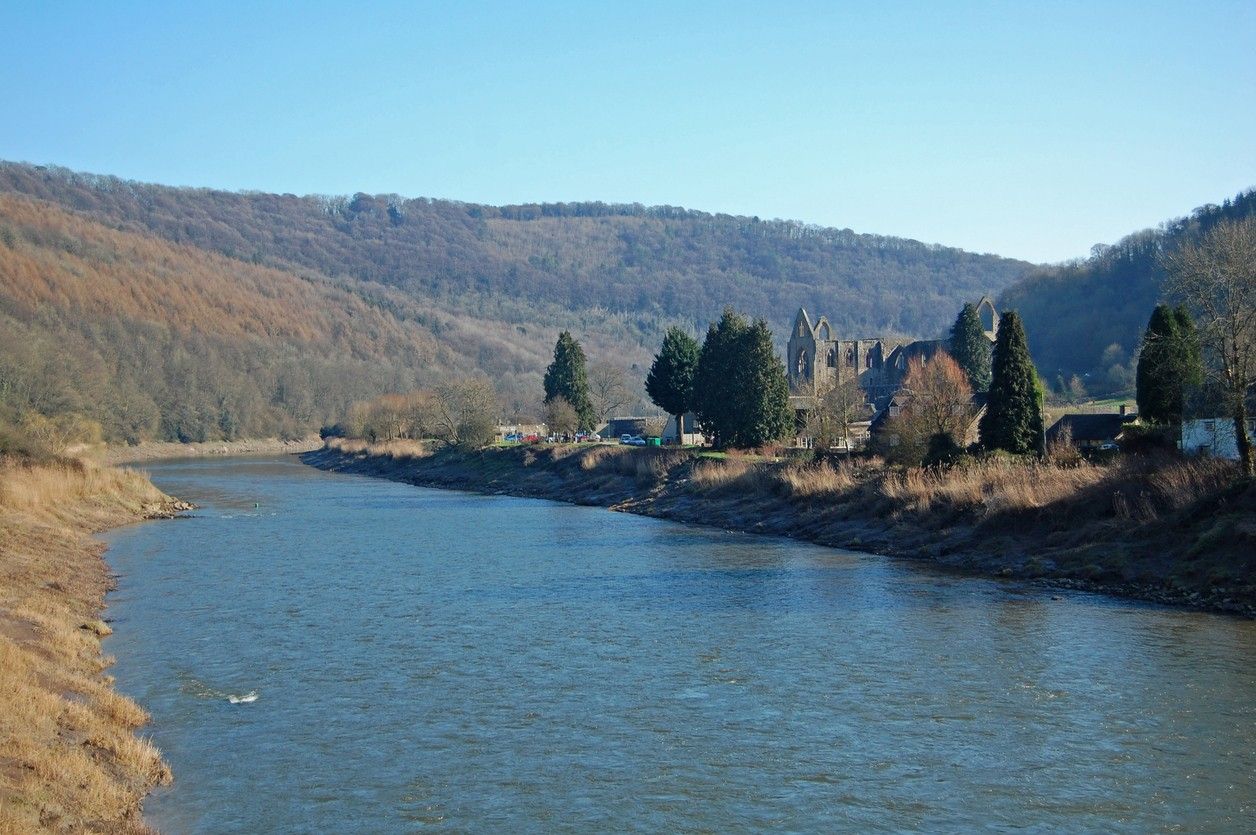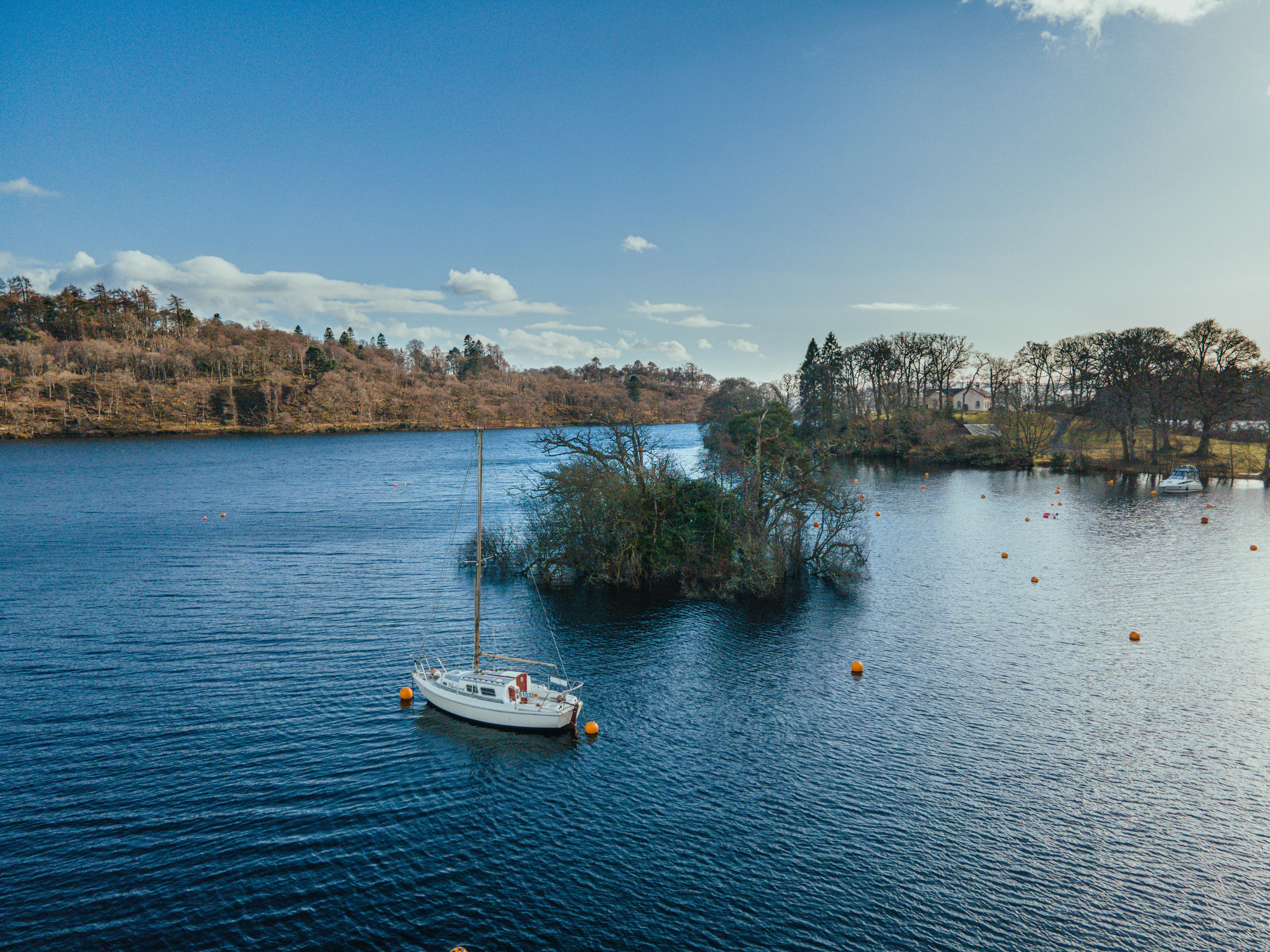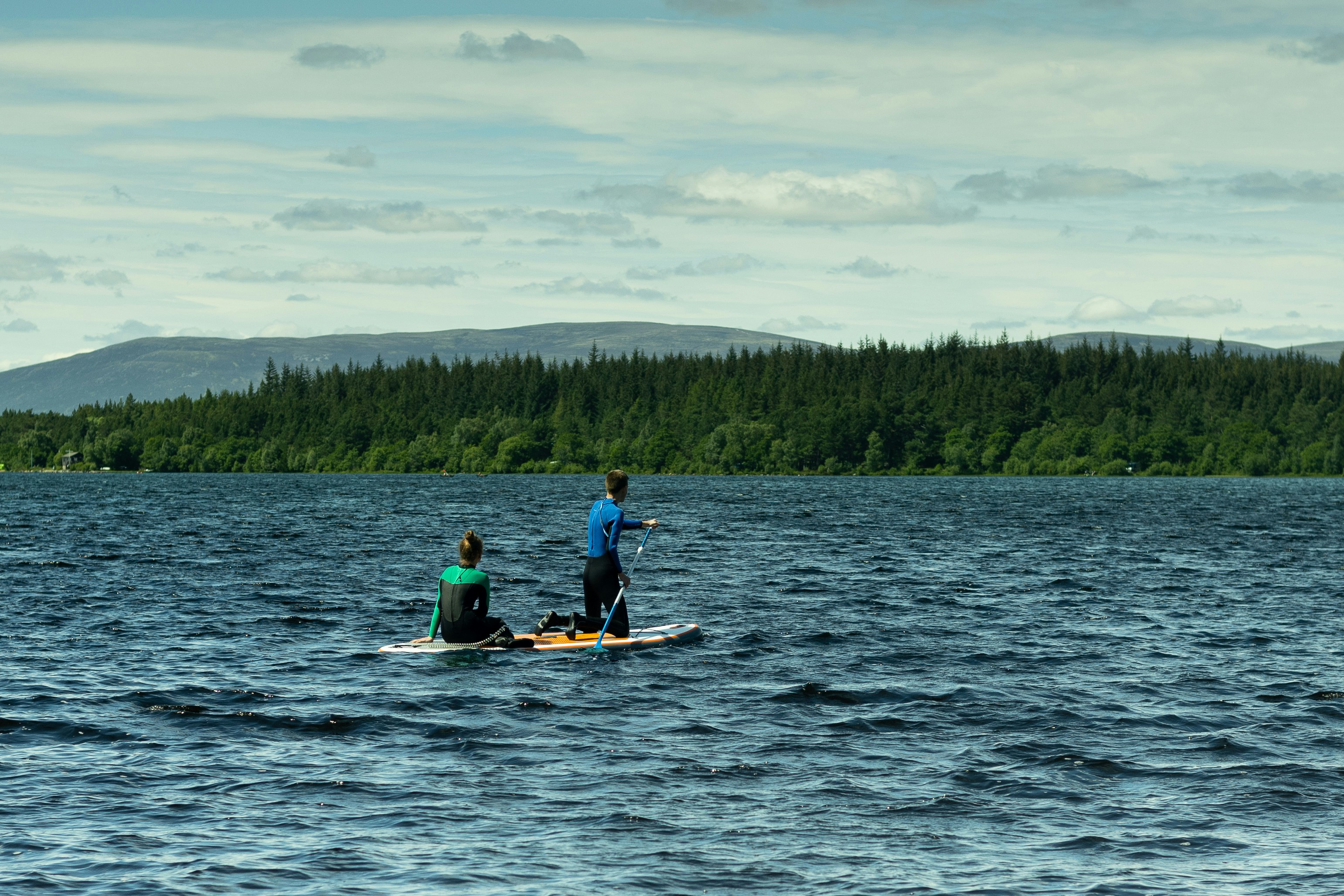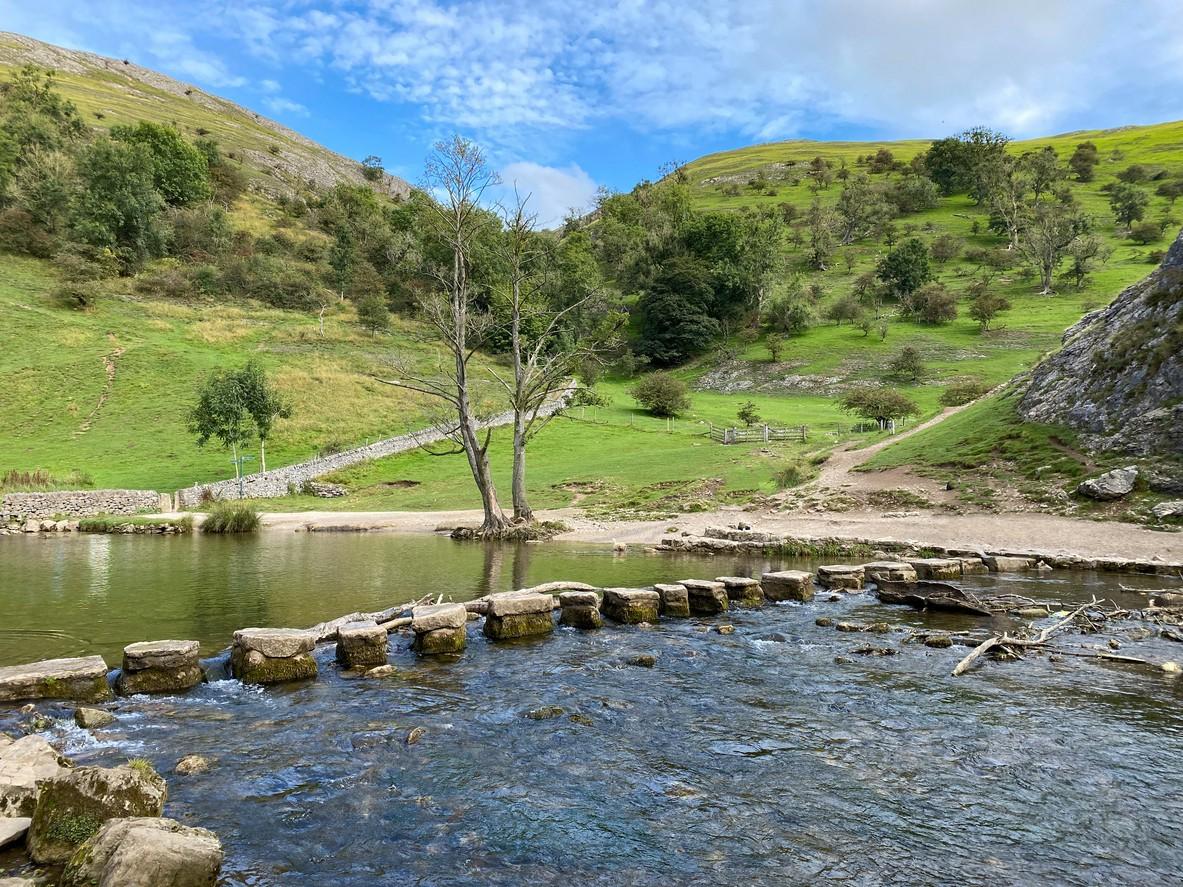Wild Swimming Destinations in the UK

A Location-by-Location Guide
From the Lake District’s glacial tarns to Devon’s tidal rivers, this guide details the UK’s top wild swimming spots, including gear recommendations, access tips, and navigation insights to help you plan your next adventure.

Lake District: Mountain Tarns and Serene Lakes
Derwent Water
Location → Keswick, Cumbria (OS Grid: NY 259 215).
Features → Gentle shores for beginners, panoramic views of Skiddaw.
Best Time to Visit → June–September (water temps: 12–18°C)
Access
- Parking → Lakeside Car Park (CA12 5DJ), £8/day.
- Public Transport → Train to Penrith, then Stagecoach 554.
Wastwater
Location → Wasdale Valley (OS Grid: NY 173 047).
Features → England’s deepest lake (258ft), surrounded by screes.
Best Time to Visit →July–August for milder temps.
Access → No public transport; drive via A595. Use What3Words: ///tickles.curiosity.entice.
Styhead Tarn
Location → Borrowdale Valley (OS Grid: NY 223 109).
Features → High-altitude swim (1,500ft) with trout sightings.
Best Time to Visit → Late spring to early autumn (May - September)
Access → 1-hour hike from Seathwaite Farm.
South West England: Rivers and Coastal Adventures
River Dart, Dartmoor
Location → Dartmeet, Devon (OS Grid: SX 671 731).
Features → Oak-lined gorges, deep pools near Hexworthy Bridge.
Best Time to Visit → Summer (June to August)
Access → Train to Totnes, then taxi to Dartmeet.
Porthcurno Beach, Cornwall
Location → Near Land’s End (OS Grid: SW 395 215).
Features → Turquoise tidal pool beside Minack Theatre.
Best Time to Visit → Late spring to early autumn (May - September)
Access → Park at TR19 6JX; coastal path from Treen.
Wales: Estuaries and Hidden Gems
Llyn Dinas, Snowdonia
Location → Nant Gwynant (OS Grid: SH 626 506).
Features → Glassy waters beneath Snowdon’s peaks.
Best Time to Visit → May - September
Access → Park at Craflwyn Hall (LL55 4NG).
River Wye, Tintern
Location → Near Chepstow (OS Grid: SO 533 003).
Features → Secluded pools with rope swings.
Best Time to Visit → Summer (June - August)
Access → Train to Chepstow, 15-minute walk to river.
Scotland: Lochs and Remote Wilderness
Loch Lomond
Location → Trossachs National Park (OS Grid: NS 402 916).
Features → Sheltered bays like Milarrochy.
Best Time to Visit → Early autumn (May - September)
Access → Train to Balloch; parking at G83 8SW.
Loch Morlich, Cairngorms
Location → Near Aviemore (OS Grid: NH 963 097).
Features → Sandy beaches, SUP-friendly waters.
Best Time to Visit → Summer (June - August)
Access → Bus from Aviemore to Glenmore.
East Anglia & The Midlands: Serene Spots
River Cam, Grantchester
Location → Cambridge (OS Grid: TL 436 555).
Features → Shallow, slow-moving water ideal for families.
Best Time to Visit → Summer (June - August)
Access → Park at Grantchester Meadows (CB3 9ND).
Dovedale, Peak District
Location → Staffordshire (OS Grid: SK 151 548).
Features → Stepping stones and deep pools.
Best Time to Visit → Summer (June - August)
Access → Train to Derby, then bus to Ashbourne.
FAQs
Use the Environment Agency’s Swimfo map.
No-always swim with a buddy and carry a tow float.
Yes, but limit sessions to 10–15 minutes and wear a 5mm wetsuit.
Use the Wild Swim Map UK (wildswimming.co.uk).
Related articles

Let us know you agree to cookies
We use marketing, analytical and functional cookies as well as similar technologies to give you the best experience. Third parties, including social media platforms, often place tracking cookies on our site to show you personalised adverts outside of our website.
We store your cookie preferences for two years and you can edit your preferences via ‘manage cookies’ or through the cookie policy at the bottom of every page. For more information, please see our cookie policy.
